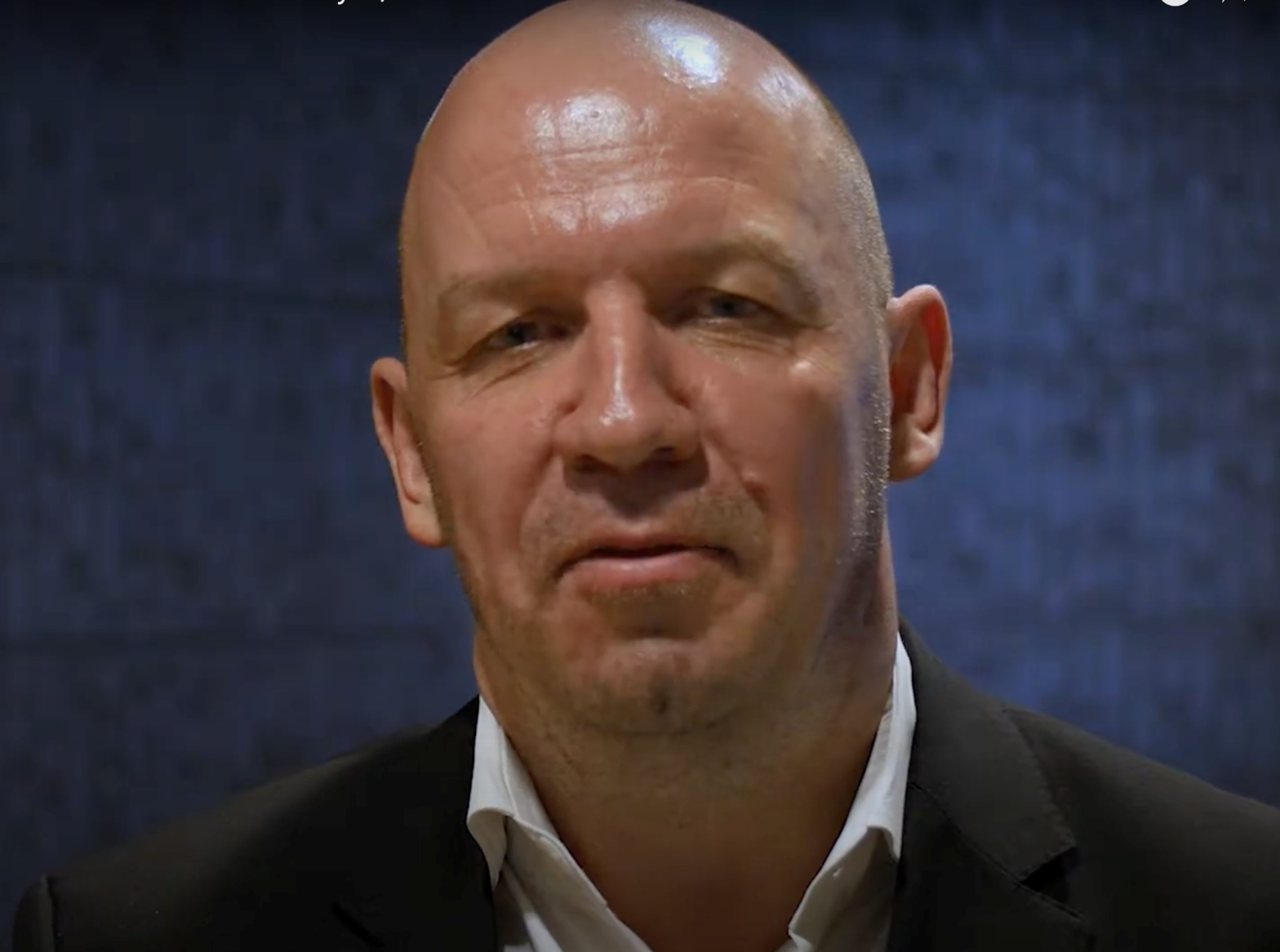As the Decade of Action for achieving the Sustainable Development Goals (SDGs) moves into its second year, we are seeing impact investors join economic development actors increasingly acting as concessional lenders –whether it is non-governmental organisations (NGOs) and philanthropic groups, or multinational agencies like the United Nations Capital Development Fund (UNCDF) – in using the tools of finance and capital markets to unlock commercial capital to finance investments that can deliver impact where it is needed the most.
More and more, investments are marketed as being able to help advance essential sustainable development interests such as combating climate change, driving sustainable growth and advancing women’s economic empowerment, as well as delivering expected returns on investment.
At the same time, the increased expectations for social and economic impact that come with these investments raise critical questions: how can we know that the impact is being delivered; and more broadly, how can we design and manage investments in a way that yields the necessary data to help investment decision making in support of impact?
See also: – Bridging the trust gap
Much has already been done in the area of impact assessment, including initiatives such as the Impact Management Project (IMP) – a forum of United Nations agencies, multilateral organisations and investors – which proposes a systemic approach for impact investors to measure and manage their impact.
Building on the work of the IMP, the Global Impact Investing Network (GIIN) works to standardise and harmonise impact metrics and share best practices in impact investment management. There are also encouraging advances in industry standards on sustainability and climate finance accounting that are being adopted by major commercial investors.
Drawing on my experience as the head of evaluation at the UNCDF, I would like to propose how taking a formal evaluative approach, as practiced by professional evaluators, to designing and managing investments can be a useful complement to these initiatives by helping further extend the credibility and usefulness of the impact assessment initiatives currently underway.
Building on, for example, the United Nations Evaluation Group’s formal definition of evaluation – as ‘a systematic and impartial assessment of any activity, strategy, operational area or institutional area’ – taking an evaluative approach to impact assessment requires us to consider both how the intervention is designed and implemented with evaluation in mind, as well as what types of assessment tools should be deployed to assess credibly the progress and final results of the investment against the financial and development objectives that were set.
For the first, designers and managers can leverage the evaluation approach by ensuring the design of the intervention or investment is ‘evaluable.’ In other words that the investment or intervention is backed by a clear expected pathway to impact and that a set of clear and measurable results are articulated along that pathway.
In pre-defining this expected theory of change, it is often important to consider what the contribution of other actors may be to the broader change being sought, particularly if the objective of the investment is to influence broader market, policy or social systems in which the target of the investment may be embedded. Together these steps help strengthen the plausibility of the claim of the expected impact from the investment in question.
See also: – Covid-19 crisis makes the challenges in least developed countries even greater
Once it is clear what results are sought, investment stakeholders can begin to work with a set of measurement techniques – using both qualitative and quantitative data – to assessing progress against these results. These techniques can include review of existing secondary reporting documentation showing progress in implementation of the intervention or through quantitative analysis of financial data.
They can also include the use of new primary data such as interviews or surveys with key informants who can provide insights either into how the investment is being implemented, or what the effects of the investment are on the broader environment it is seeking to influence.
When deployed in this way, this evaluative approach can help stakeholders move beyond the changes in numbers that are presented in typical performance monitoring systems and seek to understand the merit, worth and significance of the changes, which is typically more difficult to do in predominantly quantitative results measurement systems.
When compared against the expected pathway to impact, this combination of both qualitative and quantitative data can help managers and designers begin to answer a number of classic evaluative questions that go beyond results monitoring: not only whether they are implementing the investment in the right way, but also whether this is the right approach to begin with.
They can also use this more extensive range of data to propose findings on who specifically is impacted by the intervention and in what way depending on socio-economic context. This is central to evaluation in the SDG era, in line with the objective to ‘leave no one behind.’
See also: – Putting ‘stupid money’ to good causes
In UNCDF’s evaluation work, many of these approaches are deployed by evaluation teams who are solely responsible – subject to relevant international quality standards – to provide an independent assessment of the organisation’s work. This helps ensure that UNCDF is accountable for the public resources it is given.
In addition, and with a view to helping build an evaluation culture within UNCDF, the Evaluation Unit is also active in supporting managers and programme designers to work with these principles – whether at the design stage of investments or in building their results measurement systems – to help them think and work like evaluators.
This approach can also be of benefit to the many who are active in the world of designing and implementing investments for impact in support of the objectives of the SDGs.








